Last Updated on September 16, 2024 by teamobn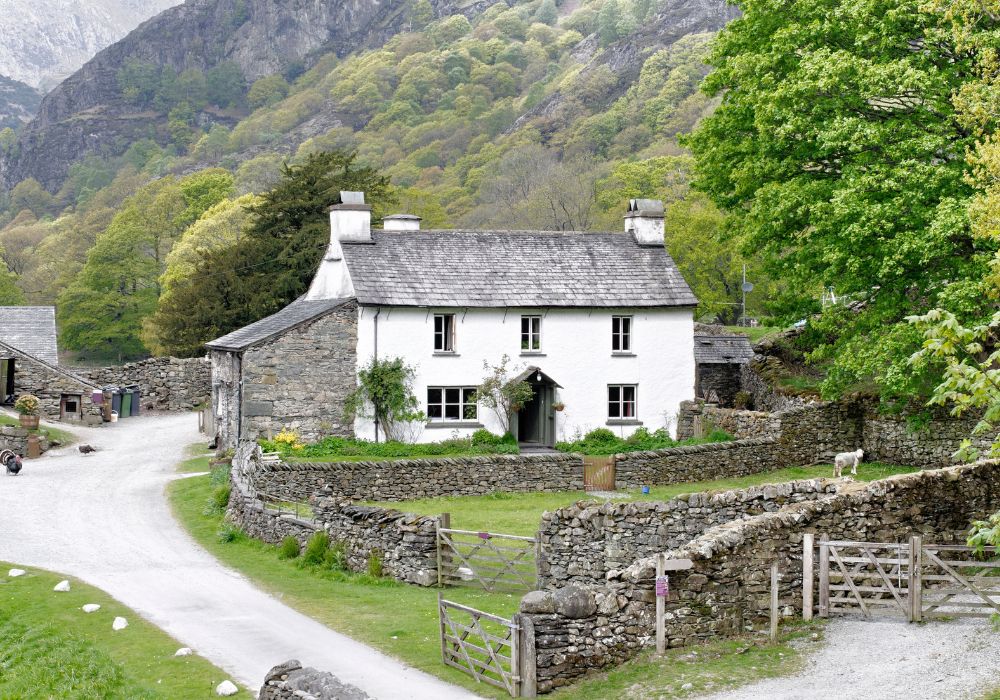
Planning the layout of your homestead is an exciting step that paves the way for efficient and sustainable living. The proper layout makes it convenient for you to maintain and nourish your agricultural or livestock goals.
This guide goes through the important considerations to planning your homestead layout. You will also find other advice to create a sustainable lifestyle.
Contents
Homestead Layout Basics
More than just a house, a homestead is an autonomous piece of land where families raise animals, grow food, and maybe run a workshop or two. This type of arrangement is not limited to rural areas. Many homesteading ideas apply even to smaller urban areas. The intention is to combine your living and working areas so effectively that your family may flourish off the resources you control, so lessening reliance on outside supplies.
A good homestead layout emphasizes the wise use of every inch of your land. To maximize natural elements like sunlight and wind, you must consider where to locate the chicken coop, vegetable beds, and greenhouse. A well-planned homestead lets you work smarter, not harder by saving time and energy. It’s all about making sure your land not only satisfies your present needs but also is sustainable for years to come, so matching productivity and sustainability.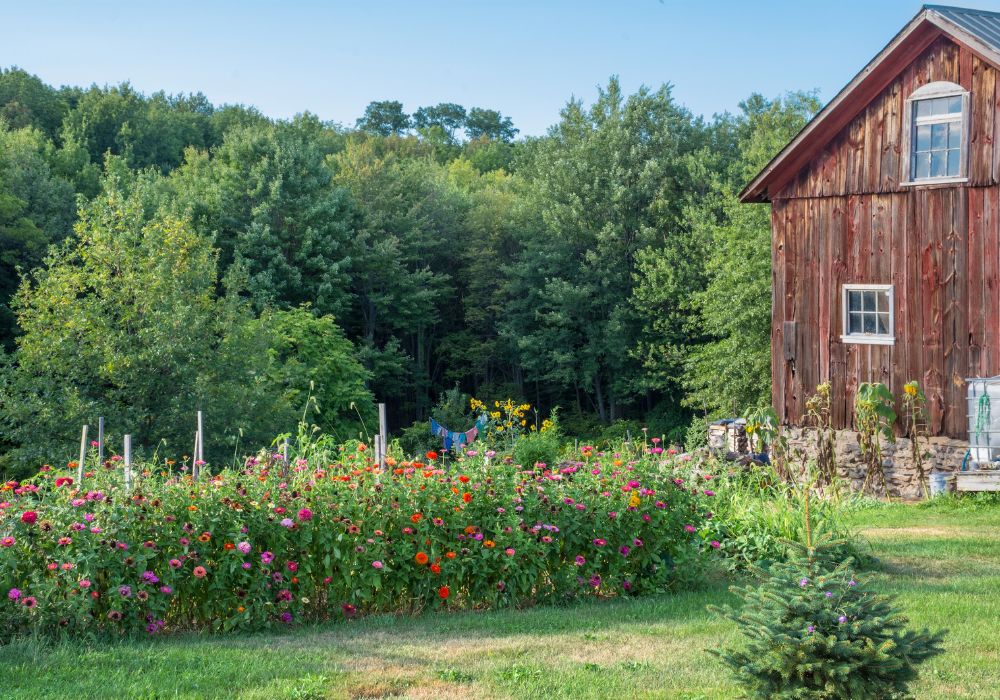
Understanding Your Land
Before you dive into planting crops or building structures, it’s essential to fully understand the physical and ecological characteristics of your land. A thorough assessment helps you leverage the natural advantages of your terrain, ensuring your homestead layout aligns with the environment. This section outlines key areas to focus on, enabling you to craft a homestead layout that’s both functional and sustainable.
Assessing Topography and Natural Features
Every homestead layout should begin with an evaluation of the land’s topography. Understanding the slopes, elevation changes, and flat areas will guide you in placing buildings, driveways, and water management systems.
For instance, you might position your home on a higher elevation to avoid flooding, while using lower areas for water collection or irrigation. Also, take note of natural features like rock formations or dense forest areas, as these can impact where you can cultivate or graze animals.
Soil Type and Quality Considerations
The success of your agricultural endeavors largely depends on soil quality. Conduct soil tests to determine pH levels, nutrient content, and texture. This information will be pivotal in deciding which crops to plant and where. Amending the soil might be necessary to optimize it for your specific agricultural needs. A strategic homestead layout takes soil variation across different parts of your property into account, using each area to its fullest potential.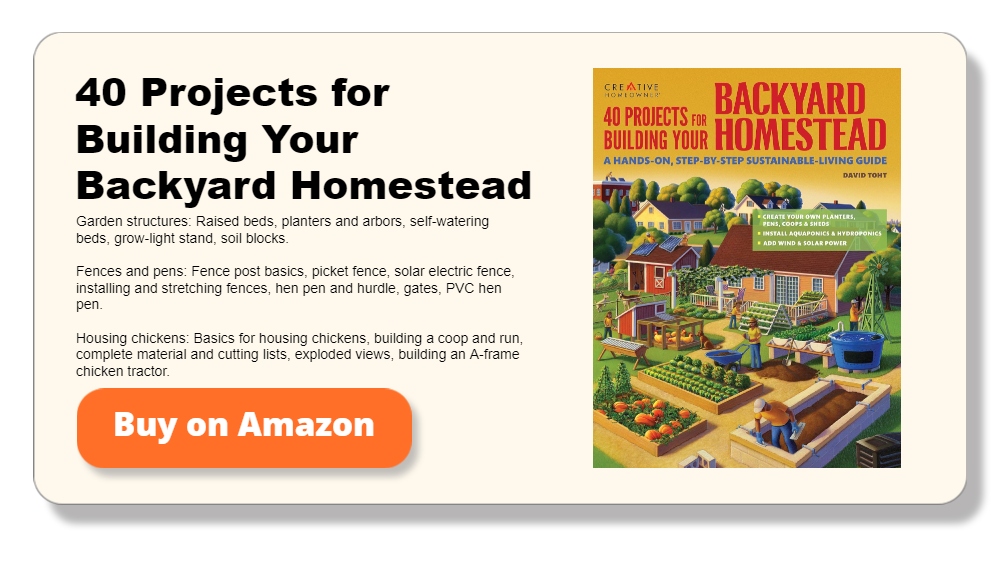
Water Sources and Management
Identifying and managing water sources is crucial for a sustainable homestead layout. Determine the location of natural water bodies, potential sites for wells, and the best areas for rainwater catchment systems.
Effective water management strategies, such as creating swales on contour to capture runoff, can enhance soil hydration and reduce the need for external water supply. Place your gardens, livestock, and other water-dependent operations near reliable water sources to minimize infrastructure and energy usage.
Integrating Land with Homestead Layout Goals
Once you have a solid understanding of your land’s features and resources, you can begin integrating this knowledge into your homestead layout. Consider how the elements of your land interact with each other and plan your layout to harness these interactions.
For example, knowing wind patterns can help you decide where to plant windbreaks or position livestock shelters. Each decision should enhance another aspect of your homestead, aiming for a layout that’s not just about placement but also about creating synergy between the land and your living needs.
This comprehensive understanding of your property is the cornerstone of developing an effective homestead layout. It ensures that every aspect of your homestead, from the garden beds to the energy sources, is thoughtfully placed to make the most of what your land has to offer.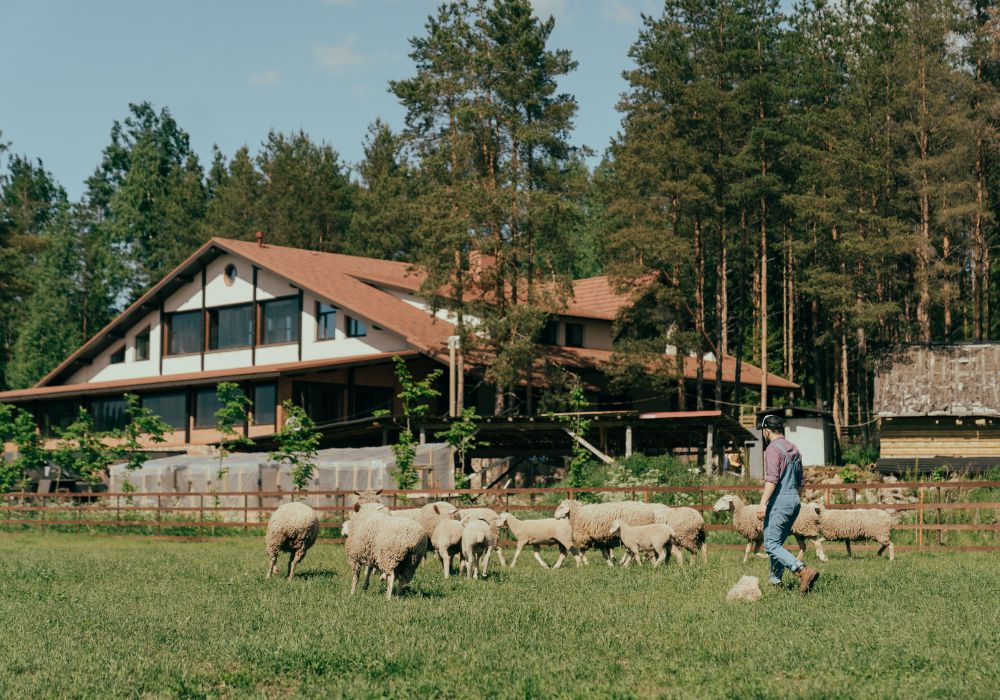
Zoning Your Homestead
Effective zoning is critical for a functional homestead layout. By dividing your property into dedicated zones based on their use, you can optimize operations, increase efficiency, and make daily tasks more manageable. This section breaks down the typical zones you might establish on a homestead and provides strategies for configuring them to work harmoniously within your homestead layout.
Residential Zone: Placement and Size
The residential zone is where your family’s living quarters are located. This area should be strategically placed for both comfort and functionality. Consider accessibility to the road, proximity to your water source, and orientation for optimal sunlight and wind protection.
The size of the residential zone will depend on your family’s needs and the total land available, but it should also allow room for future expansion, whether that’s adding more buildings or creating outdoor living spaces.
Agricultural Zone: Crops and Livestock Areas
Your agricultural zone is where you’ll grow crops and raise animals. This area should be configured based on the type of agriculture you plan to practice and the needs of your livestock and crops.
For example, vegetable plots should be placed in areas with the best soil and maximum sunlight exposure. If you’re raising livestock, consider their need for pasture, shelter, and proximity to water. Separating different types of livestock and crops can help prevent disease spread and manage different agricultural needs efficiently within your homestead layout.
Utility Zone: Workshops and Storage
The utility zone includes areas for workshops, equipment storage, and possibly processing facilities for your agricultural products. This zone should be easily accessible from both the residential and agricultural areas but set apart enough to contain noise and mess.
Think about workflow and how movement between zones will occur. For instance, placing tool storage near both the workshop and the agricultural zone can save time and effort, integrating these functional spaces seamlessly into your overall homestead layout.
Recreational and Wildlife Areas
Incorporating spaces for relaxation and wildlife interaction is also crucial for a balanced homestead layout. These might include areas for outdoor recreation, like a family garden or picnic area, and spaces designated for wildlife preservation, such as ponds or untouched woodlands.
Planning these areas can enhance your family’s quality of life and promote biodiversity, making your homestead a more enjoyable and sustainable place to live.
By thoughtfully zoning your homestead, you can create a layout that not only meets your immediate needs but also adapts to future developments. Each zone should serve a specific purpose yet work in concert with the others, forming a cohesive and efficient homestead layout. This strategic planning is key to building a homestead that is both productive and pleasurable for all its inhabitants.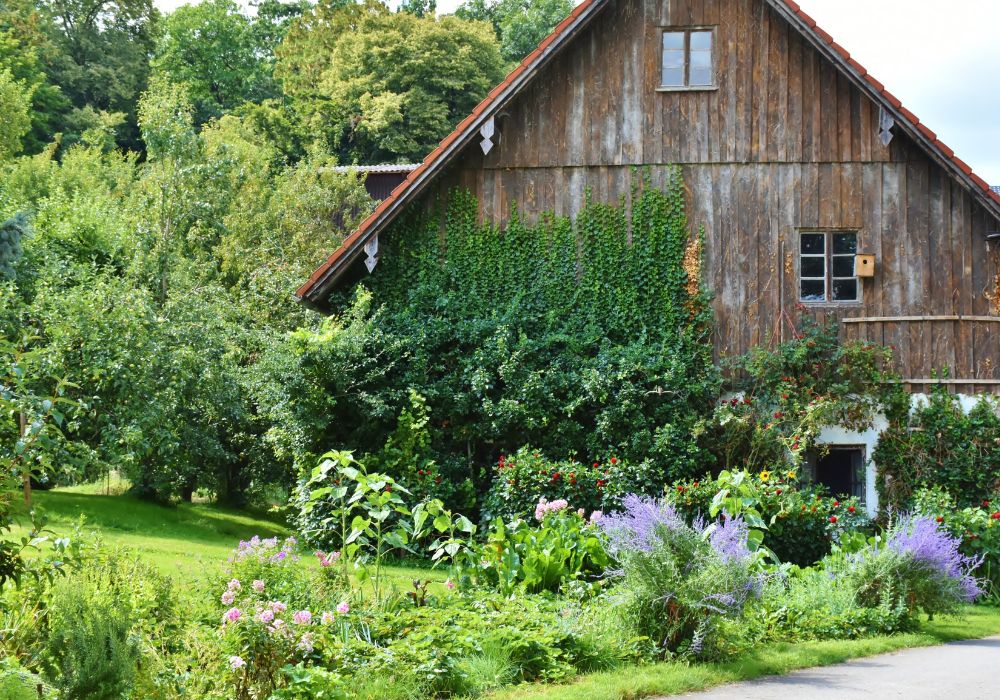
Gardens and Food Production
Creating productive gardens and managing food production efficiently are central to the success of any homestead layout. This section delves into the planning and management of vegetable gardens, orchards, and sustainable food systems on your homestead. By strategically designing these areas, you can ensure a steady supply of fresh produce, optimize your land’s productivity, and reduce your food miles.
Let’s explore how to incorporate effective gardening and food production practices into your homestead layout.
Planning Your Vegetable Garden
The placement and design of your vegetable garden are pivotal. Start by selecting a site with adequate sunlight—at least six hours per day—and good drainage. If your land has poor soil, consider raised beds or container gardening to better control the soil quality.
The layout of your garden should facilitate ease of access for planting, maintenance, and harvesting. Include paths between rows or beds wide enough for wheelbarrows and equipment. Companion planting can enhance plant health and yield, so consider which plants thrive together, such as tomatoes and basil or carrots and onions.
Orchard Design and Management
Orchards are a long-term investment in your homestead’s food production capabilities. When planning an orchard, choose a location that’s protected from strong winds and has well-drained soil. Space your trees according to their mature size to ensure they receive enough light and air circulation, which helps minimize disease and maximizes fruit production.
Consider the types of fruit trees that best suit your climate and soil type. Integrating berry bushes and smaller fruit plants like strawberries under taller trees can maximize your use of space and diversify your produce.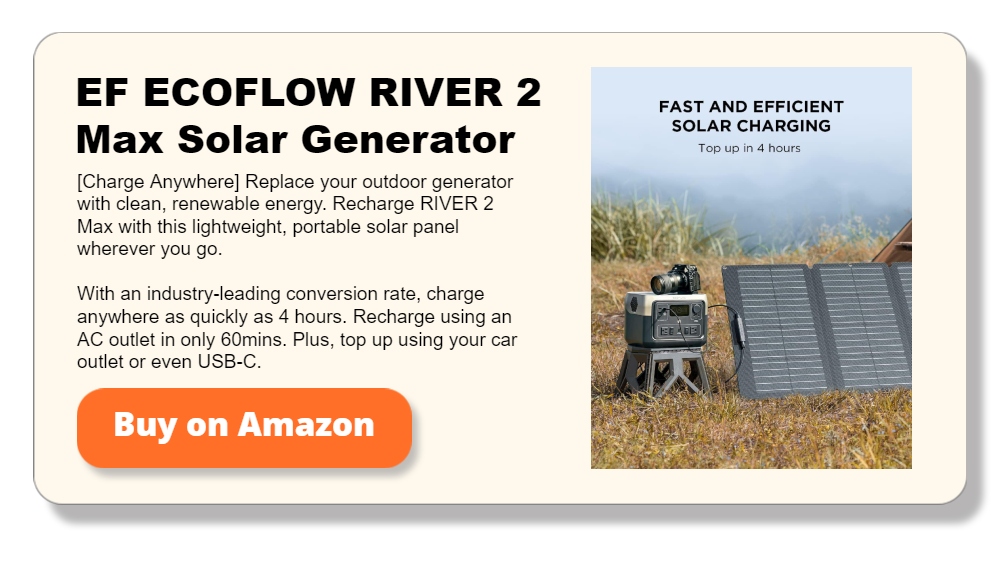
Incorporating Permaculture Principles
Permaculture principles focus on creating sustainable and self-sufficient agricultural systems. In your homestead layout, apply these principles by designing garden and orchard spaces that mimic natural ecosystems.
This might include integrating layers of production, such as canopy trees, understorey shrubs, and ground cover plants, to create a diverse, productive environment. Water conservation strategies, such as swales or rain gardens, can capture and redistribute rainwater to where it’s needed most, reducing your reliance on external water sources.
Seasonal Planning and Crop Rotation
Effective seasonal planning and crop rotation are crucial for maintaining soil health and maximizing food production throughout the year. Plan your planting schedule based on the climate and seasons in your area.
Rotate crops annually to prevent soil depletion and reduce pest buildup. This involves planting different types of crops in the same area in sequential seasons, such as following a nitrogen-fixing legume with a heavy nitrogen feeder like corn. This strategy not only maintains soil fertility but also promotes a balanced ecosystem within your garden.
Maximizing Space with Vertical Gardening
Vertical gardening is a valuable technique for homesteads with limited space. It allows you to grow more crops in a smaller area by utilizing trellises, fences, and walls for climbing plants like beans, cucumbers, and certain varieties of squash and melons. Vertical structures can also create microclimates within your garden, offering shade or support to other plants and enhancing your overall homestead layout.
Herbs and Medicinal Plants
Including a special area for cultivating herbs and medicinal plants not only offers cooking advantages but also helps to preserve family health. Easy to grow and used in cooking as well as for homemade remedies, many herbs including basil, rosemary, and mint can be For simple access, place this garden close to your kitchen. Think about using container gardening to manage invading species like mint.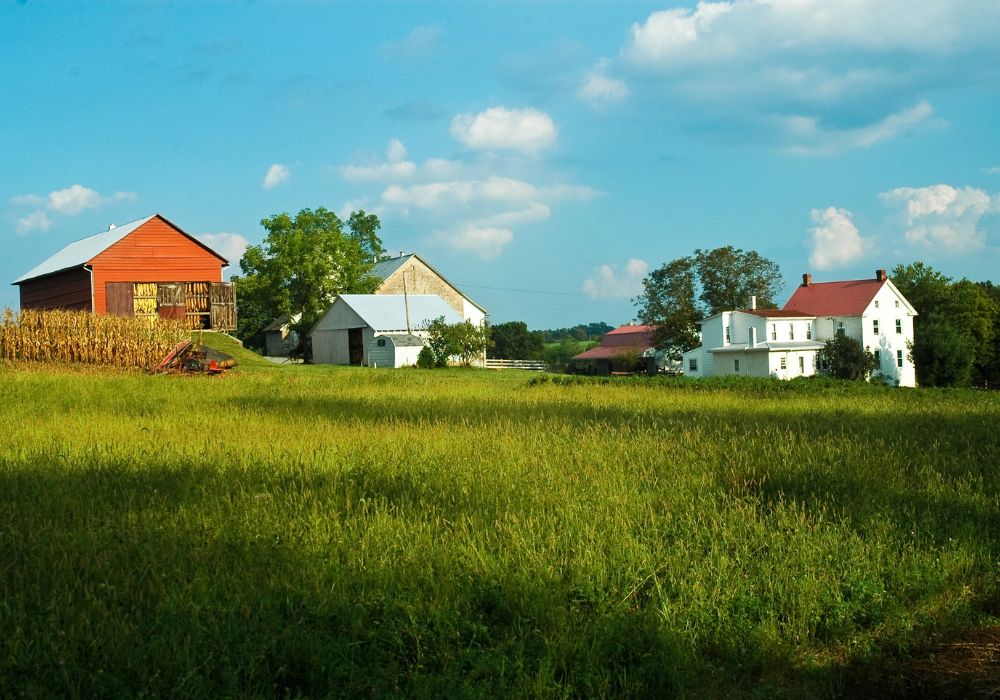
Integrated Pest Management (IPM)
Reducing pest damage without mostly depending on chemicals requires using IPM techniques in your garden and orchard areas. This method calls for the use of pest-resistant plant varieties, promotion of beneficial insects, and trap or barrier building. Regular monitoring of plant health combined with focused treatments helps to prevent pest numbers from becoming troublesome.
Your homestead layout’s sustainability and efficiency will be much improved by properly planning and controlling your food production areas and gardens. These techniques guarantee a varied and consistent supply of food as well as create conditions that support ecological as well as human health.
Wildlife and Ecosystem Integration
Integrating wildlife and natural ecosystems into your homestead layout is not just about conservation. It’s about creating a vibrant, sustainable environment that enhances both biodiversity and the productivity of your land. This approach benefits your homestead by fostering natural pollination, pest control, and improving soil health. Here, we explore several strategies to effectively incorporate natural habitats and wildlife into your homestead layout.
Creating Habitats for Beneficial Wildlife
Designating areas within your homestead layout to support beneficial wildlife is crucial. These areas can include native plant gardens, wildflower meadows, and small woodland patches that attract and provide refuge for beneficial insects, birds, and other wildlife.
Such habitats enhance biodiversity and contribute to the ecological health of your homestead. Additionally, incorporating elements like birdhouses, bee hotels, and bat boxes can encourage these creatures to take up residence and work as natural pest control agents.
Balancing Livestock with Natural Ecosystems
In your homestead layout, it’s essential to balance areas allocated for livestock with those reserved for natural ecosystems. This balance helps prevent overgrazing and land degradation, which can lead to a loss of biodiversity and soil erosion.
Rotational grazing systems can be implemented to allow areas to recover and maintain their ecological functions. Such practices ensure that livestock supports the land’s health rather than depleting it, integrating animal husbandry into your homestead layout in a way that mimics natural grazing patterns.
Water Management for Wildlife
Incorporating features like ponds or wetlands into your homestead layout can dramatically increase your property’s appeal to wildlife and boost its overall ecological value. These water features support aquatic ecosystems and provide water sources for wildlife, especially during dry periods. Strategic placement near gardens can also aid in irrigation and act as a natural reservoir to capture runoff, thus making water management an integral part of your homestead layout.
Using Native Plants
Using native plants in your homestead layout is not only aesthetically pleasing but also reduces maintenance costs and supports local wildlife species. Native plants are adapted to local climate and soil conditions, which makes them more resilient and less water-intensive. They also provide essential food and habitat for native wildlife, creating a symbiotic relationship between your homestead and the local ecosystem.
Corridors for Wildlife Movement
Building passageways in your homestead design that let animals flow between several habitats will improve ecological connectivity on your land. Along rivers, these corridors might be buffer zones, hedgerows, or strips of forest. By linking your homestead with more extensive ecological networks, they help animals to safely negotiate across your land, so encouraging genetic diversity and healthy populations.
Educational and Recreational Opportunities
Including natural surroundings into your homestead design also provides recreational and educational possibilities for your family and community. Trails across restored natural areas, signs identifying the local flora and fauna, and approved viewing points will help you make your homestead a place of knowledge and enjoyment. This strategy promotes land stewardship and clarifies for others the value of biodiversity and the state of ecosystems.
If you carefully integrate wildlife and ecosystem concerns into your homestead layout, it will be not only sustainable but also harmonic with nature. Every component of wildlife and ecosystem integration supports the other, so your homestead will be a shining example of environmental responsibility and biological diversity.
Future Growth and Scalability
Designing your homestead with future expansion and scalability in mind guarantees that your property will develop alongside your shifting needs and goals. This entails reserving areas that might be developed later, including growing residential areas, adding more agricultural plots, or including new technologies like solar panels or biogas systems.
Furthermore, building your homestead with adaptability lets you welcome new businesses like small-scale artisan workshops or agritourism, so offering chances for extra income and community involvement.
Your homestead has to change with family dynamics and the development of technology. Your homestead can readily grow or change its purposes by including scalable solutions and flexible designs, such as modular building methods or multi-use infrastructure. This not only maximizes the present use of your land but also guarantees that, over time, your homestead stays sustainable, useful, and practical.
Conclusion
Effective homestead design is about laying a basis for sustainable living and self-reliance, not only pragmatic layout. From water management to wildlife integration, you create a strong and flexible homestead by giving every element of your property’s design great thought. This book seeks to equip you with the knowledge and ideas required to turn your vision into a vibrant, scalable homestead that satisfies current needs and projects future ones.






